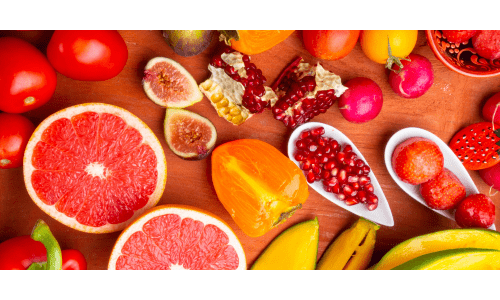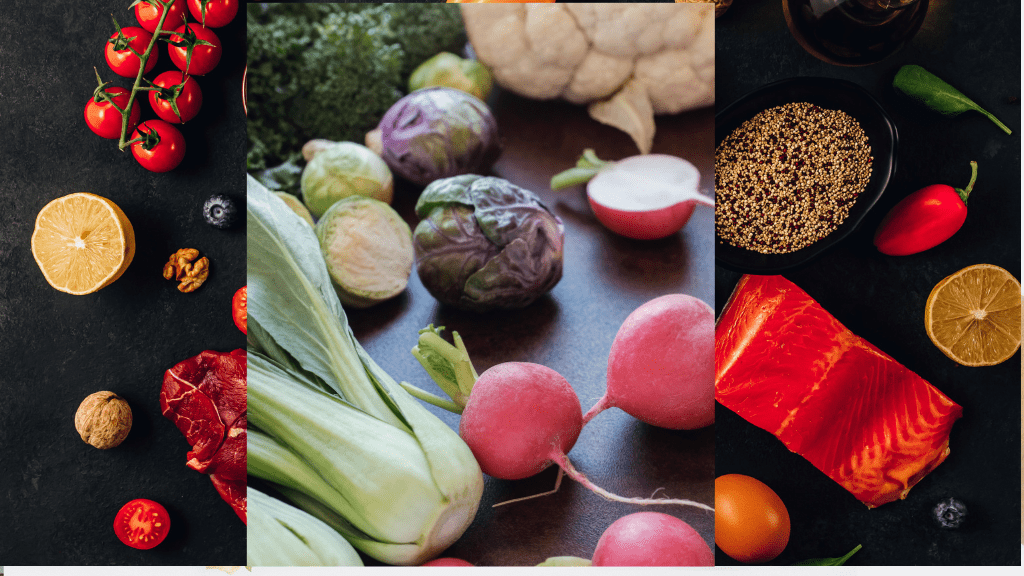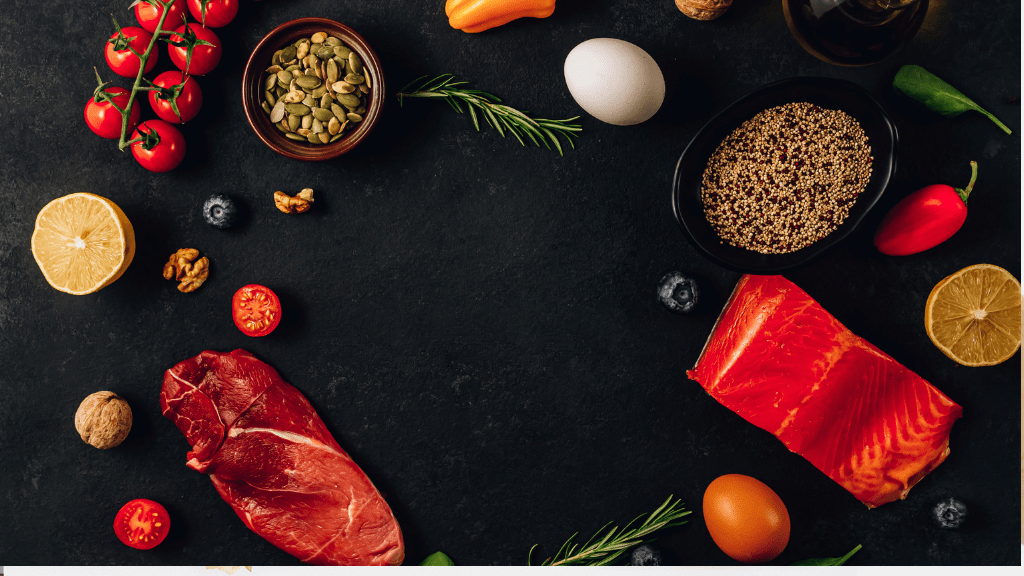High Fiber Vegetables and Fruits
Incorporating high fiber vegetables and fruits into your diet is crucial for maintaining optimal digestive health, managing weight, and reducing the risk of chronic diseases.
Fiber is a type of carbohydrate that the body cannot digest, playing a vital role in keeping the digestive system healthy and functioning properly. It is important to understand the benefits of high fiber vegetables and fruits, as they can have a significant impact on overall well-being.
Benefits of High Fiber Vegetables and Fruits
1. **Digestive Health**: High fiber foods help prevent constipation and promote regular bowel movements by adding bulk to the stool, making it easier to pass through the digestive tract. This can alleviate digestive issues and improve gut health.
2. **Weight Management**: Fiber-rich foods are filling and can help you feel full for longer periods, aiding in weight loss or maintenance efforts. By incorporating high fiber vegetables and fruits into your meals, you can control your appetite and reduce calorie intake.
3. **Heart Health**: A diet high in fiber has been shown to lower cholesterol levels and reduce the risk of heart disease. Fiber helps lower LDL (bad) cholesterol levels, reducing the risk of heart attacks and strokes. By consuming high fiber vegetables and fruits, you can support cardiovascular health.
Top High Fiber Vegetables
1. **Broccoli**: A cruciferous vegetable high in fiber, vitamins, and minerals. One cup of cooked broccoli contains about 5 grams of fiber, making it a nutritious addition to any meal.
2. **Artichokes**: Delicious and fiber-rich, artichokes can be enjoyed steamed, roasted, or added to salads. One medium artichoke contains around 10 grams of fiber, providing a significant portion of your daily fiber needs.
3. **Brussels Sprouts**: Another cruciferous vegetable high in fiber and nutrients, with one cup of cooked Brussels sprouts providing about 4 grams of fiber. Incorporating Brussels sprouts into your diet can enhance your fiber intake.
4. **Carrots**: A popular root vegetable rich in fiber and beta-carotene, with approximately 3.5 grams of fiber in one cup of raw carrots. Adding carrots to your meals can increase your fiber consumption and support overall health.
Top High Fiber Fruits
1. **Raspberries**: Among the highest fiber fruits, one cup of raspberries contains about 8 grams of fiber, along with antioxidants and vitamins. Including raspberries in your diet can boost your fiber and nutrient intake.
2. **Avocado**: A unique fruit high in healthy fats and fiber, with one medium avocado providing around 13 grams of fiber. Avocados are a versatile fruit that can be enjoyed in various dishes to increase your fiber consumption.
3. **Pears**: A refreshing fruit high in fiber, with one medium pear containing about 6 grams of fiber, as well as essential vitamins and minerals. Incorporating pears into your diet can enhance your fiber intake and support overall well-being.
4. **Apples**: Providing a good amount of fiber, one medium apple with the skin contains around 4.5 grams of fiber. Apples are a convenient and nutritious snack that can help you meet your daily fiber requirements.
Tips for Incorporating High Fiber Vegetables and Fruits into Your Diet
1. **Start Slowly**: If you are new to consuming high fiber foods, gradually increase your intake to allow your digestive system to adjust. This can help prevent gas and bloating while optimizing the benefits of fiber.
2. **Include a Variety**: Aim to include a diverse range of high fiber vegetables and fruits in your diet to ensure you are getting a wide range of nutrients and fiber types. This can support overall health and well-being.
3. **Snack on Fruits and Veggies**: Keep cut-up vegetables and fruits on hand for quick and healthy snacks throughout the day. Pair them with hummus, nut butter, or yogurt for added flavor, nutrients, and protein.
4. **Experiment with Different Cooking Methods**: Try roasting, grilling, steaming, or stir-frying your vegetables to add variety to your meals and enhance their flavor. Exploring different cooking techniques can make high fiber foods more enjoyable and satisfying.
By incorporating high fiber vegetables and fruits into your daily meals, you can improve your overall health and well-being. Remember to stay hydrated by drinking plenty of water to help fiber move through your digestive system smoothly.
Enjoy the delicious flavors and textures that these nutrient-rich foods have to offer while reaping the numerous health benefits they provide.




